Texas courthouses are dignified tributes to the state’s rich legal past and architectural evolution. The imposing structures were the hub of their communities for generations and witnessed everything from frontier justice to modern legal proceedings. Many of them feature stunning designs that wed function with artistic beauty, showcasing everything from Second Empire mansions to Art Deco masterpieces.
Greater than their functional purpose, these buildings tell the story of Texas itself—from its years as a republic through the evolution of a modern state. Below is a list of 20 historic Texas courthouses that offer visitors a fascinating glimpse into the Lone Star State’s past and present.
Ellis County Courthouse
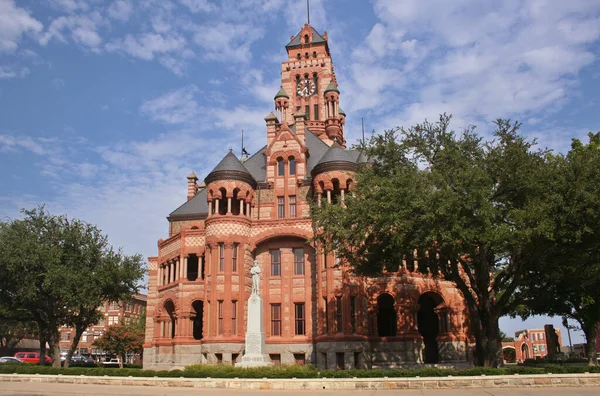
The Ellis County Courthouse at Waxahachie is a fine representation of Richardsonian Romanesque architecture in Texas. Built in 1895, this red sandstone landmark has intricate stone carvings of portraits of people who lived there during that era.
The clock tower rises 165 feet from the town square and can be seen for miles across the rolling country.
Wise County Courthouse
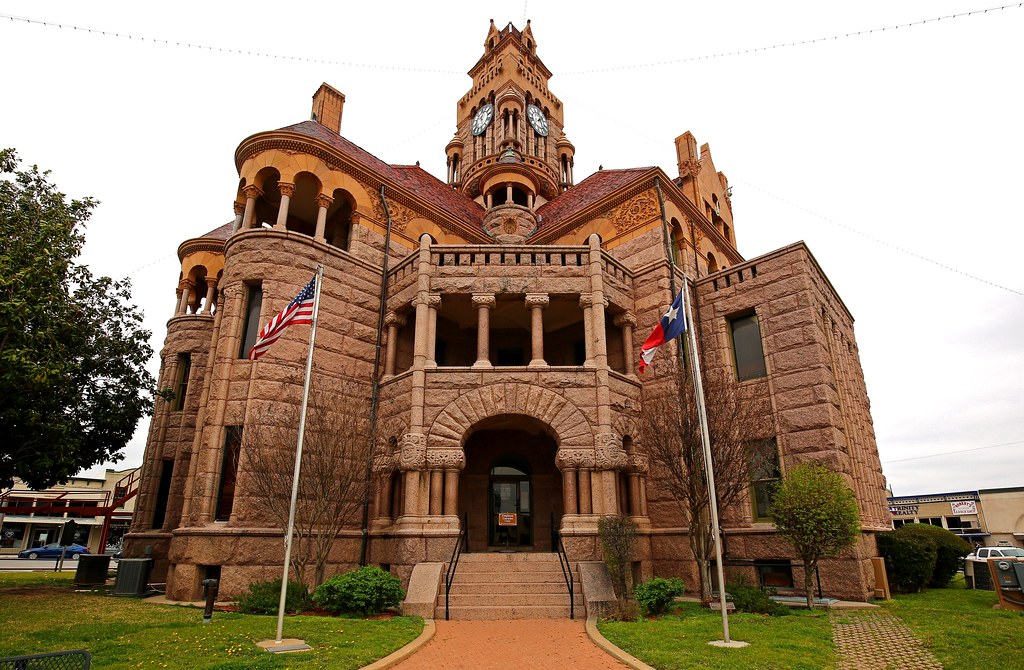
In Decatur stands the Wise County Courthouse, which is a blend of Second Empire and Italianate architectural influences that is both stately and inviting. Built in 1896, it boasts an eye-catching mansard roof with elegant ironwork at the top that shines brightly during the day.
The courthouse is situated on a classic town square where farmers’ markets and community events still take place, just as they have for more than a century.
Like Travel Pug’s content? Follow us on MSN.
Hood County Courthouse
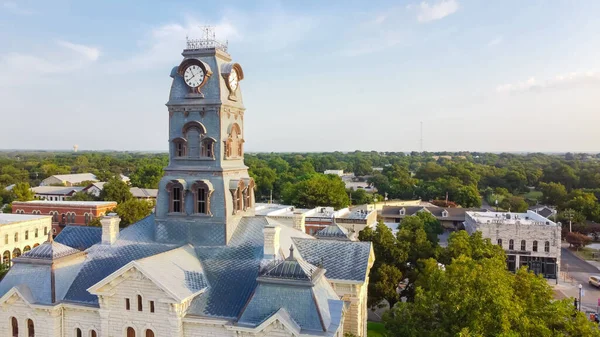
Granbury’s Hood County Courthouse is a stunning sight of limestone architecture that has endured more than 140 years of Texas weather. This Second Empire gem, built in 1890, has a central tower that rises above the town square below like a fairy-tale fantasy within the Brazos River valley.
French-inspired detail work within the building sets it apart from Texas courthouses, creating an almost whimsical atmosphere.
Llano County Courthouse
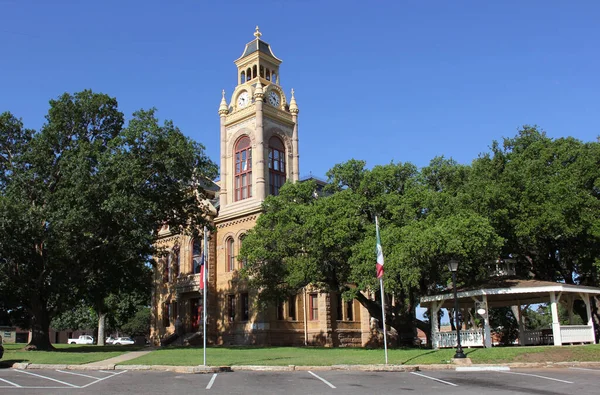
Llano’s courthouse, completed in 1883, is an example of magic with local materials. The entire structure was made of rosy-pink granite quarried on the spot in Llano County, giving it a soft rose color that changes throughout the day.
This courthouse teaches us that sometimes the least flashy designs leave the longest impressions, as the straight lines and sturdy design remain useful to the community after nearly 150 years.
Fayette County Courthouse
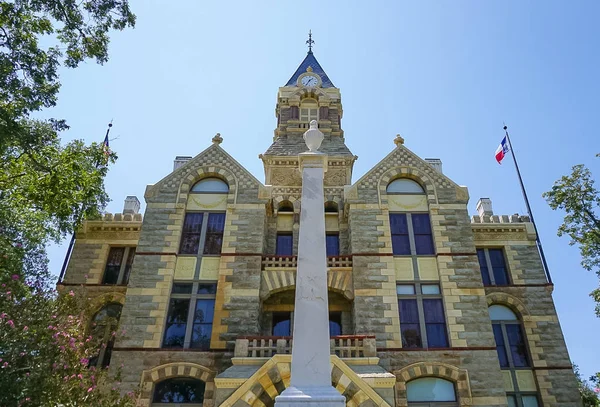
The La Grange Fayette County Courthouse is a tribute to German detail and craftsmanship. Built in 1891, the limestone courthouse features Second Empire architecture with a soaring central tower that is visible for miles across the rolling hills.
The design of the building produces an atmosphere of greatness and solidity that testifies to the strong German roots of the local people.
Like Travel Pug’s content? Follow us on MSN.
Comal County Courthouse
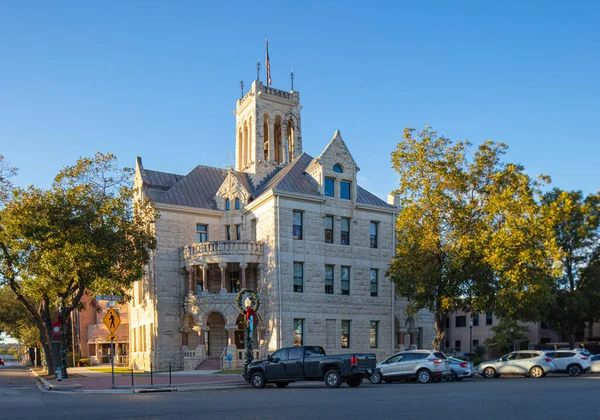
The New Braunfels courthouse, constructed in 1898, combines Romanesque Revival looks with Texas sensibilities regarding practicality. The red sandstone exterior and arched windows are attractive yet provide the durability needed to be functional for years to come.
Its location in the center of New Braunfels is a good starting point for tours of this historic German colony on the Guadalupe River.
Bandera County Courthouse
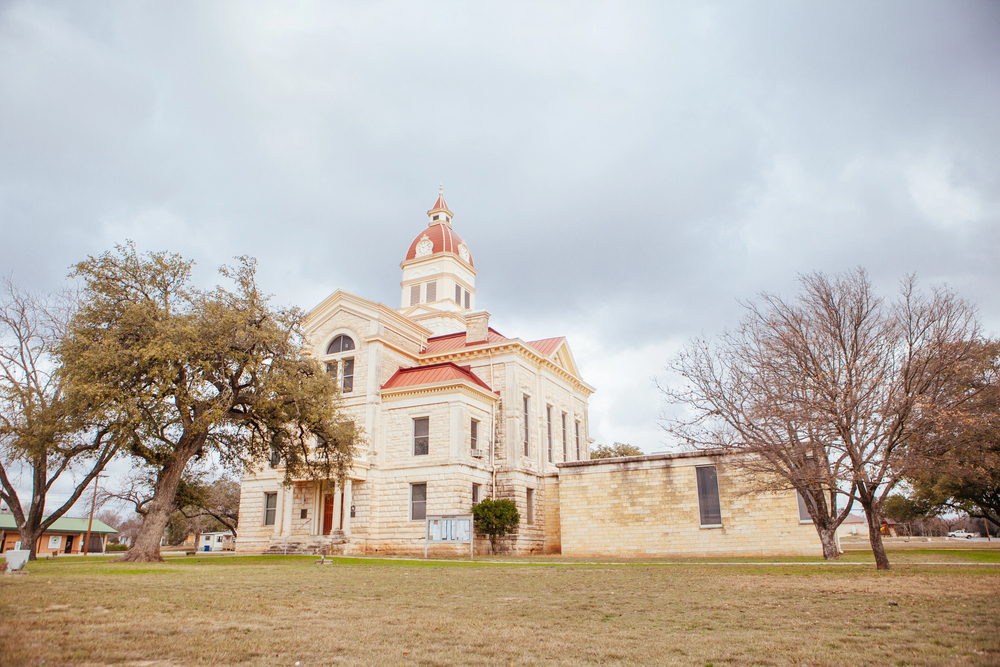
The Bandera County Courthouse, built in 1890 of limestone, epitomizes the Texas Hill Country. Its simpler design follows the practical requirements of a frontier town but still expresses the dignity due a hall of justice.
The courthouse provides the focus for the historic downtown area in Bandera, the “Cowboy Capital of the World.”
Gillespie County Courthouse
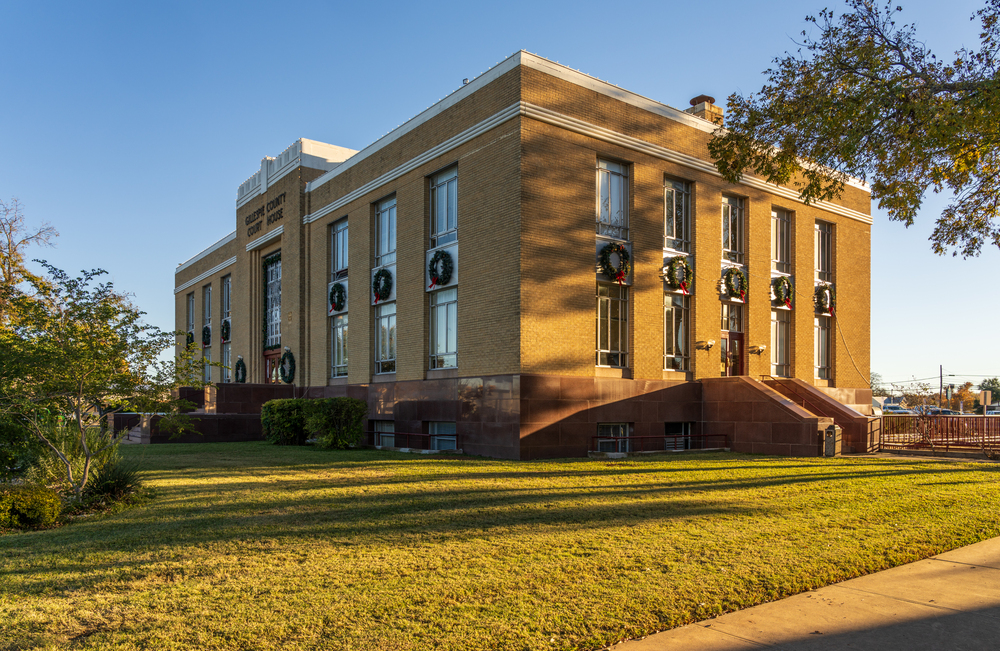
Fredericksburg’s 1882 courthouse is Texas courthouse architecture at its most beautiful and functional. The Second Empire building has a tall, dominant tower that has guided travelers through the Hill Country for more than 140 years.
It sits on Main Street, right in the heart of this German colony, where it continues to serve both legally and as a community center.
Like Travel Pug’s content? Follow us on MSN.
Blanco County Courthouse
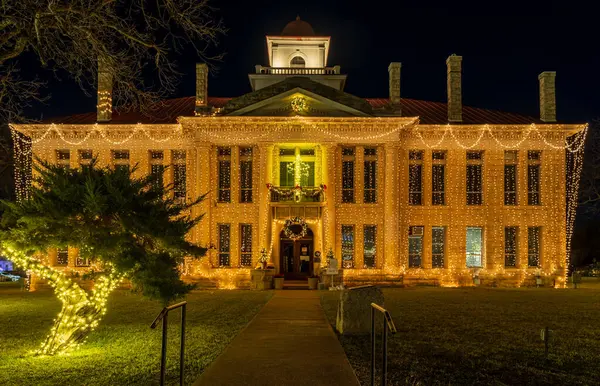
The Blanco County Courthouse illustrates how courthouse design developed in small Texas communities during the late 1800s. Constructed in 1885, this limestone building has Victorian touches that impart personality without dominating the humble scale suitable to its rural environment.
The tower and ornamentation of the building make it an icon in small Blanco, where it supports the historic town square.
Kendall County Courthouse
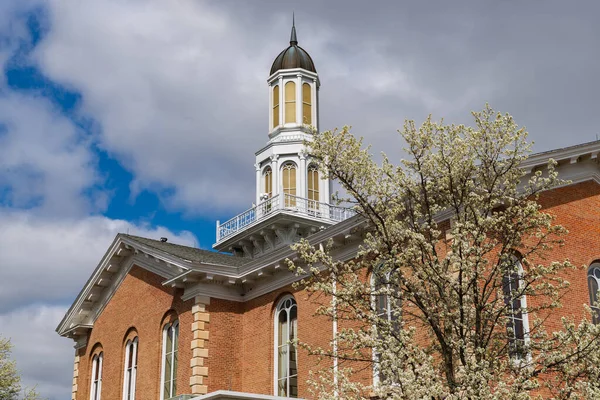
Boerne’s courthouse, completed in 1909, shows how courthouse design had evolved by the early 20th century. This Classical Revival structure uses native limestone to create a modern yet timeless building, with columns and pediments evocative of American democratic ideals.
Boerne’s central plaza site for the courthouse is proof of the German colonists’ love of constructing neat, attractive communities.
San Saba County Courthouse

The San Saba County Courthouse demonstrates perfectly how Texas cities and towns invest in beautiful public structures even in the remotest of locations. This Classical Revival courthouse was finished in 1911 and features a dome standing tall over surrounding pecan orchards like a symbol of civilization.
The application of red brick and limestone in the building provides visual warmth and conforms to this small Hill Country town’s friendly nature.
Like Travel Pug’s content? Follow us on MSN.
Mason County Courthouse
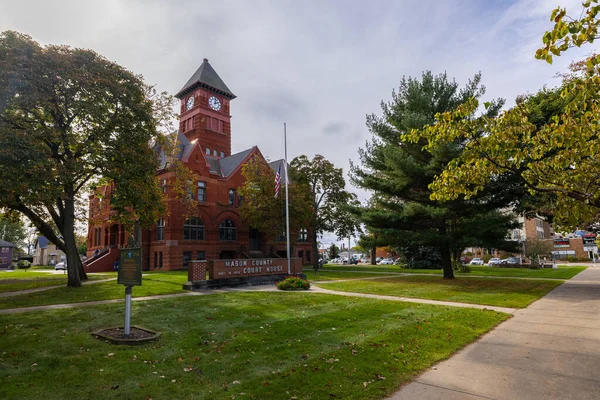
Mason’s courthouse, constructed in 1909, demonstrates the enduring appeal of Classical Revival design for Texas public buildings. The building’s symmetrical design and stately columns create a sense of order and gravitas that the public has benefited from for over a century.
Its sandstone construction utilizes locally quarried material, connecting the building to its geographical context in a way that appears organic and lasting.
Burnet County Courthouse
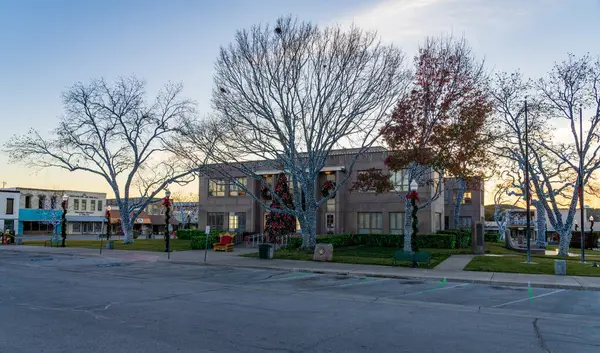
The Burnet County Courthouse strikes a balance between form and function that serves as a model for courthouse design in small towns. Finished in 1884, this limestone structure features a flourishing Second Empire, including a mansard roof and tower decoration.
The structure’s elevation above Lake Buchanan makes it an apt concentration point for legal activities and social gatherings.
Hamilton County Courthouse
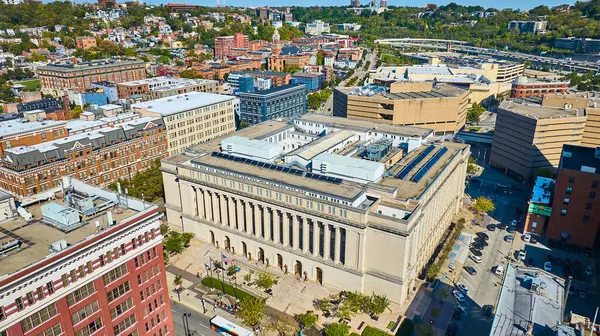
Hamilton courthouse is among the most photographed of the Texas Second Empire courthouse designs. It was completed in 1887 and is a limestone gem of a central tower that rises 175 feet above the rolling countryside.
The luxurious details and proportions of the building create an aura of grandiosity that seems utterly impossible for such a small rural town.
Like Travel Pug’s content? Follow us on MSN.
Somervell County Courthouse
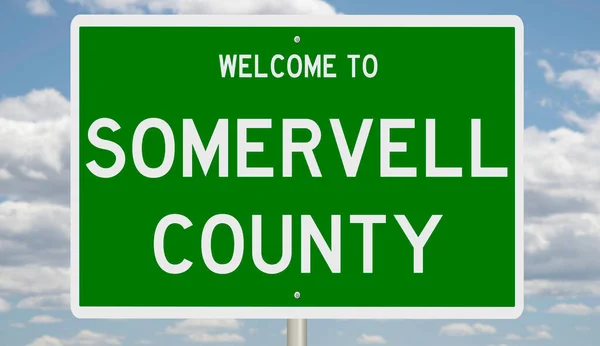
Somervell County Courthouse in Glen Rose is an example of how natural building materials can produce buildings with a permanent beauty. Built in 1893, the indigenous stone courthouse boasts Romanesque Revival elements that blend well with the area’s limestone environment.
The tower and arch windows contribute to the building’s visual appeal, while its solidity symbolizes the permanence that frontier towns were seeking to establish.
Erath County Courthouse
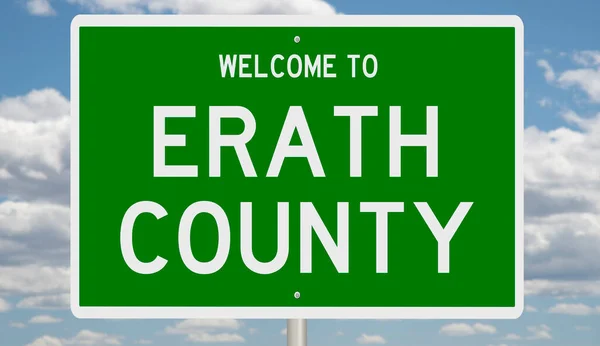
Stephenville’s courthouse, constructed in 1892, demonstrates the Victorian era’s love of architectural detail and ornamentation. The clock tower of this sandstone structure is a prominent aspect that has been keeping track of time for Stephenville for over 130 years.
The building’s location at the heart of Stephenville, renowned for its cowboy legacy, makes it a natural focal point for tourists and locals researching the region’s ranching past.
Lampasas County Courthouse

The Lampasas County Courthouse demonstrates the ability of courthouse architecture to express regional identity and local materials. The limestone building, completed in 1883, has Second Empire styling and a dominant tower over the spring-fed creek from which the town takes its name.
The building’s strong construction and agreeable proportions make it a focal point of Lampasas’ historic downtown core.
Like Travel Pug’s content? Follow us on MSN.
Bosque County Courthouse
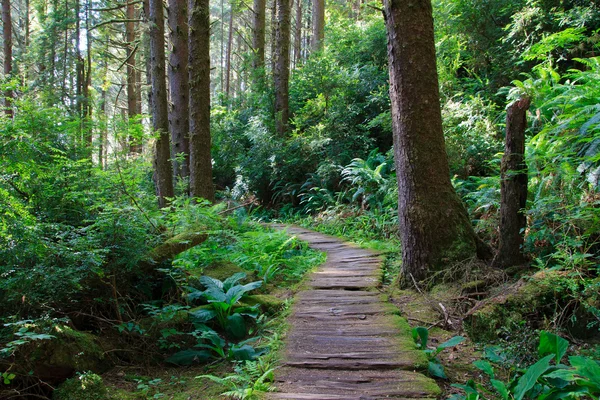
Meridian’s courthouse, completed in 1886, is one of the rich architectural adornments that Victorian-era towns required in their civic structures. This limestone courthouse features Second Empire-style details like a mansard roof and the ornamental tower that create visual appeal against the rural landscape.
The courthouse’s central location makes it an ideal departure point for tours of the Bosque County fossil-bearing geology and historic sites.
Johnson County Courthouse

The Johnson County Courthouse in Cleburne reflects the evolution of courthouse architecture throughout the early part of the 20th century. This Classical Revival courthouse, built in 1913, utilizes Indiana limestone to create a building that testifies to endurance and democratic ideals.
The courthouse’s pediments and columns bear witness to the impact of ancient Roman and Greek architecture on American public buildings, and its architectural arrangement serves modern legal functions.
Denton County Courthouse
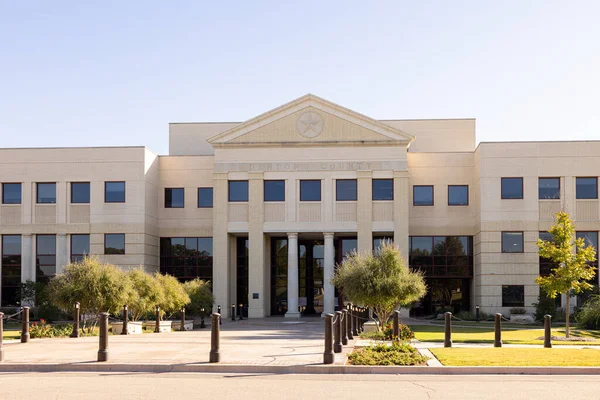
Denton’s 1896 courthouse is among the best representations of Richardsonian Romanesque architecture in North Texas. The pink granite and red sandstone showpiece features a tower reaching 185 feet high above the university town it guards, a landmark visible throughout the area.
The building’s fine stonework and architectural details demonstrate the handiwork of the 19th-century craftsman, and its ongoing use is a testament to the prudence of investing in excellence.
Like Travel Pug’s content? Follow us on MSN.
Enduring Monuments to Justice
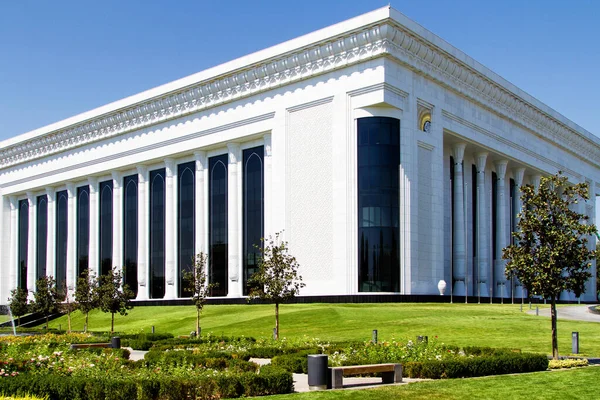
These majestic courthouses continue to serve their communities today, more than a century after their construction, a testament to lovely architecture and useful practicality coexisting in peace. Most have been carefully restored to preserve their original beauty while being altered to accommodate modern legal requirements so that future generations can still marvel at these testaments to Texas craftsmanship.
Their presence on town squares across the state creates connections between past and present that remind us how justice, community, and architectural beauty have always been intertwined in the Texas experience.
More from Travel Pug

- 20 Best Beach Towns in the Carolinas
- 13 Destinations Where Tourists Regularly Regret Their Trip
- 20 Destinations That Are More Magical Without an Itinerary
- 20 Underrated Adventures That Belong on Your Travel List
- 20 Cities Where You Should Just Wing It, No Planning Required
Like Travel Pug’s content? Follow us on MSN.
